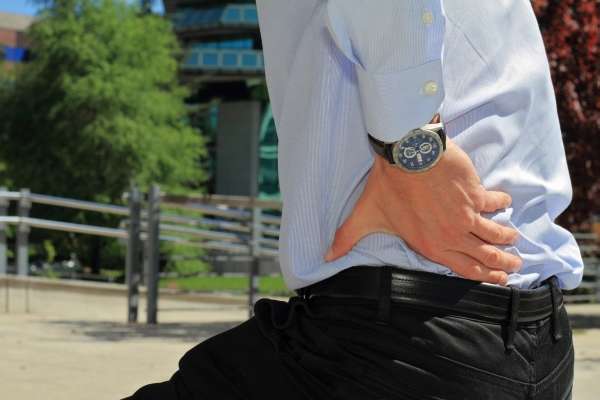What Happens During Spinal Reconstruction Surgery?

Individuals who suffer from chronic back pain or spinal abnormalities could be excellent candidates for spinal reconstruction surgery. While these types of procedures are often labeled as a last resort, there are instances where surgery is the recommended option for the patient, especially in the case of degenerative diseases and traumatic injuries.
While many physicians will recommend physical therapy, a medication plan and even injections to help manage recurring back pain, many of the underlying causes can also be remedied through surgical intervention. This is especially true if less invasive options fail to provide lasting relief or do not keep the symptoms from worsening over time. There are many relatively common conditions that could be remedied from some type of spinal reconstructive surgery.
Spinal conditions that may require surgical treatment
Most moderate to severe injuries to the back and spine can prompt spinal reconstruction to repair damage and promote healing. These include herniated discs and strained or torn ligaments surrounding the vertebrae, as well as fractures, tumors and infections of the spine. Other issues typically develop over time, although some individuals may have a genetic predisposition due to other disorders or anatomical abnormalities. Some of the most common of these conditions include:
- Scoliosis – a curving of the spine, usually to the side
- Kyphosis – a rounding of the back or "hunchback"
- Stenosis – the narrowing of the spinal canal
- Spondylolisthesis – the forward slipping of one vertebra over another
- Degenerative disk disease – the narrowing of the space between disks
Most of these conditions can lead to poor posture or chronic pain, requiring evaluation by a professional.
Types of spinal reconstructive surgery
In many instances, the more common causes of severe back pain can be remedied through minimally invasive surgical methods. These procedures involve small incisions and often utilize the process of expanding or dilating the soft tissues surrounding the spine instead of cutting through to access bones, discs and ligaments. Cushions can be inserted, pins and rods can be fastened and excess fluid or bone can be removed through MIS techniques. For tumors and other types of malformations, stereostatic radiosurgery can be utilized to destroy damaging or injured tissue without ever cutting into the skin.
Those suffering from fractures to the spine may need to undergo a kyphoplasty procedure. This involves inserting and inflating a small balloon to restore the affected vertebrae to their proper positions. A cement-like substance is injected to help keep the spinal bones in place. In some cases, a spinal fusion may be recommended to treat more serious conditions or severe pain. During this procedure, bone grafts, screws or plates are used to position the affected bones in place in order to keep them together.
Conclusion
While spinal reconstruction is not always the first choice in treating serious back conditions, it can offer significant benefits and may be the only source of much-needed relief. Although surgery often requires time for recovery, it may be necessary to relieve chronic pain that does not respond to other treatment methods. A consultation with a professional can offer insight when developing a treatment plan.
Request an appointment here: https://www.brainandspineni.com or call Brain and Spine Neuroscience Institute at (813) 751-2029 for an appointment in our Palm Harbor office.
Check out what others are saying about our services on Google: Read our Google Reviews.
Related Posts
A stroke treatment center acts fast when a neurological emergency strikes, delivering critical care when timing matters most. These specialized teams move quickly, utilizing advanced diagnostics, efficient procedures, and coordinated support to manage even the most complex stroke cases effectively. Through quality care, patients and their loved ones can find a clearer path to recovery…
Neurostimulation offers a targeted way to manage symptoms from certain neurological disorders by sending gentle signals to precise areas of the nervous system. With careful planning, neurostimulation can reduce tremors, limit seizures, alleviate chronic pain, and enhance daily function without requiring major incisions.Neurostimulation uses a small, implantable system or an external device to deliver controlled…
Stem cell treatment shows promise for helping with neurological disorders by repairing and regrowing damaged cells in the nervous system. This advanced therapy is still being studied for its ability to support healing at a cellular level, potentially improving the patient's quality of life and daily function. Nevertheless, with continued advancements in medical research and…
When spinal cord compression interferes with mobility, sensation, or organ function, spinal cord surgery may offer relief and prevent further neurological decline. However, any intervention involving the central nervous system requires careful planning and informed decision-making. Understanding the pros and cons helps patients and families navigate this important choice with greater clarity.The primary goal of…
